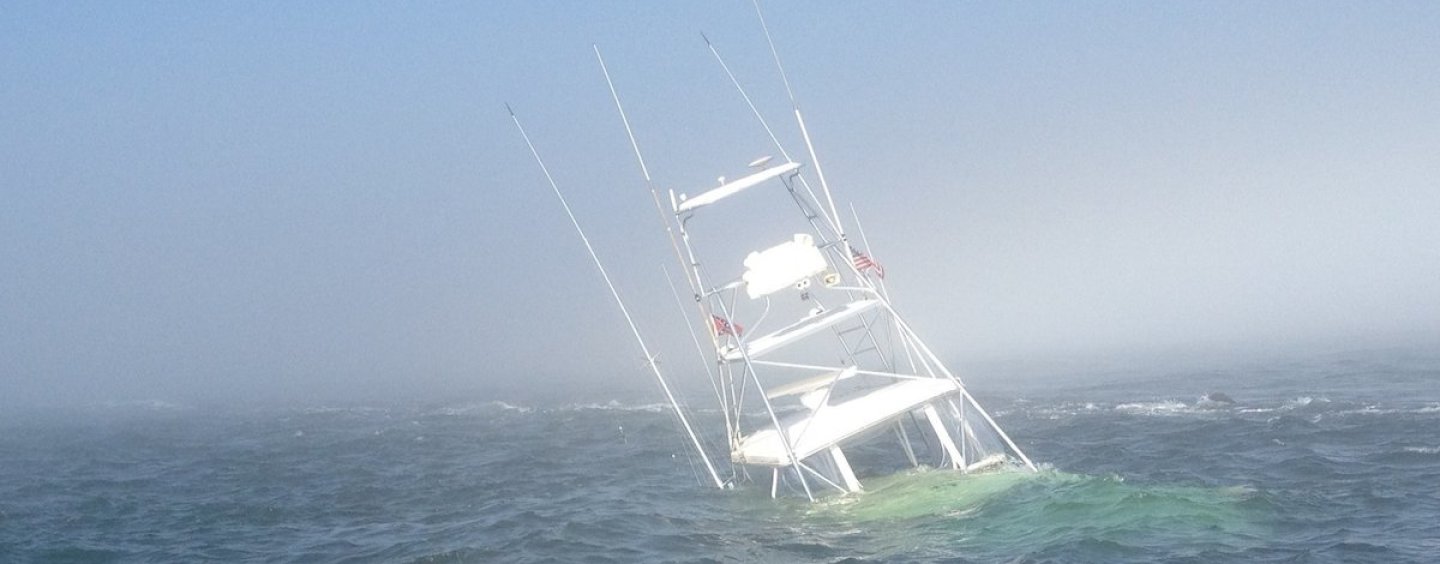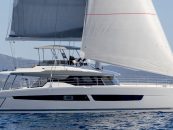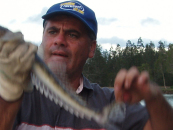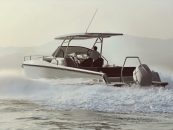For those enjoying the vast expanses of incredible waterways in this beautiful part of the world, our over-eagerness can sometimes lead to carelessness on the safety front. Although nobody could be blamed for wanting to get onto the water as soon as is possible, it must be remembered that we are responsible for each other’s safety. When weighed against the unpredictable consequences that maritime adventuring can present to us, spending a little time maintaining your equipment and preparing your vessel for the worst is a small chore. The equipment you may require is based largely on the variety and use of your vessel. For those new to the boating game, this run down on important safety essentials for recreational boating will help you to strengthen your knowledge on this most important aspect of boating.
The first thing on anyone’s safety list for any type of boating has to be the life jacket or personal flotation device (PFD). The necessity of these is pretty self-explanatory. You must have as many available as there are people on board, and every passenger must know where they are stowed. There are no excuses for not having them on board as you can pick them up for as little as $17 for a basic level 100 PFD which is the minimum level requirement for open waters.
There are many different types of PFD’s with different ratings depending on Australian standards and uses. For example an open water level 100 PFD is not suitable for skiing or Jet Ski use as a Jet Ski jacket must be tight and fitting to the body, while an open water jacket is looser and has a collar to keep your head afloat in case of unconsciousness.
 A very basic open water level 100 PFD
A very basic open water level 100 PFD
 A more fitted jacket suitable for skiing etc.
A more fitted jacket suitable for skiing etc.
More specifically necessary for open water sailors and fishermen is the inifinitely important EPIRB or Emergency Position Indicating Radio Beacon. An incredible piece of equipment that automatically sends out an alert on the 406MHz distress frequency via satellite, notifying the nearest marine rescue authority of your need for assistance as soon as it touches the water. At the very minimum, a 406MHz EPIRB can track your location via the emergency satellite within a 5km radius updated every 45 minutes, however most EPIRBS these days have GPS enabled accuracy that can alert of your location of within a 50-metre radius updated roughly every 20 minutes. Needless to say that in any sort of a catastrophic boating accident, it is good to have the peace of mind knowing that this little fella is already calling for help.

In the vast expanse that is the ocean, it can be rather difficult to attract attention and ultimately signal for help. One of the most internationally recognised signals of help has to be the marine flare. There are three main flare types available: Parachute flares, red hand flares, and orange smoke hand flares. Obviously the most effective of the three is the parachute flare, a bright red flare that launches itself into the sky before releasing a parachute to maintain maximum airtime before slowly making its way back to sea level. These can be seen by other boats and aircraft at a distance of up to 35 nautical miles and can be used during day or night. All flares have a shelf life of about three years and it is imperative that you keep fresh flares on hand, as expired flares are unreliable and illegal.
In addition to being a respectful and responsible boat owner, there are many maritime safety laws that we must abide by to ensure the safety of all ocean lovers. Maritime Safety Queensland has an array of articles and advice to help you prepare your vessel with the appropriate safety equipment. (www.msq.qld.gov.au)
By Matt Jackson




























